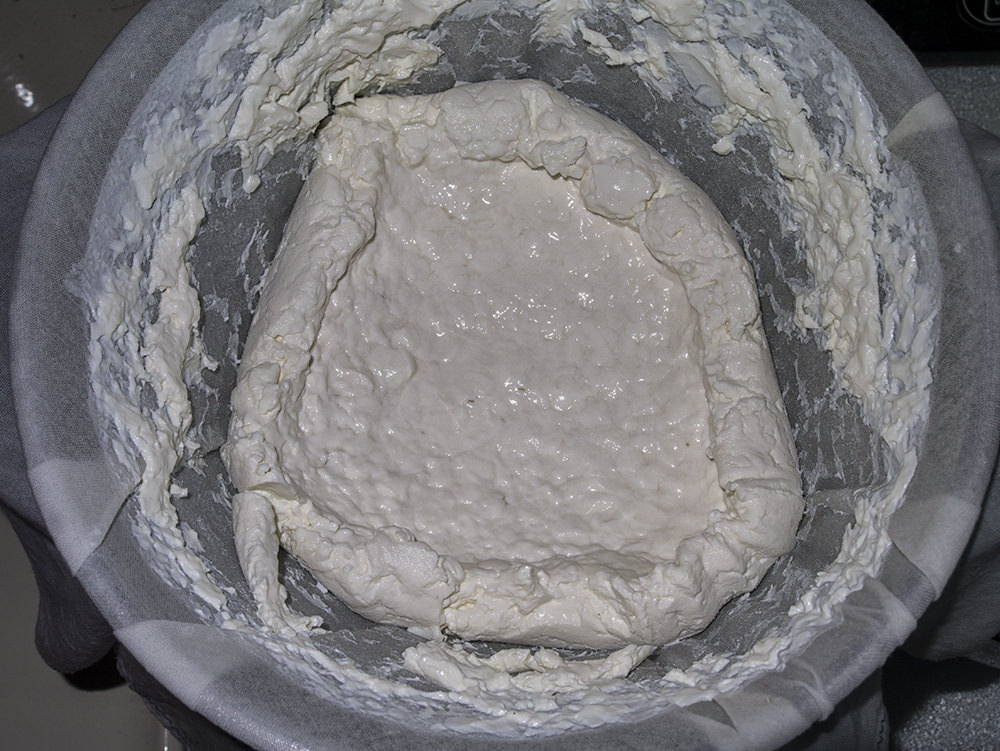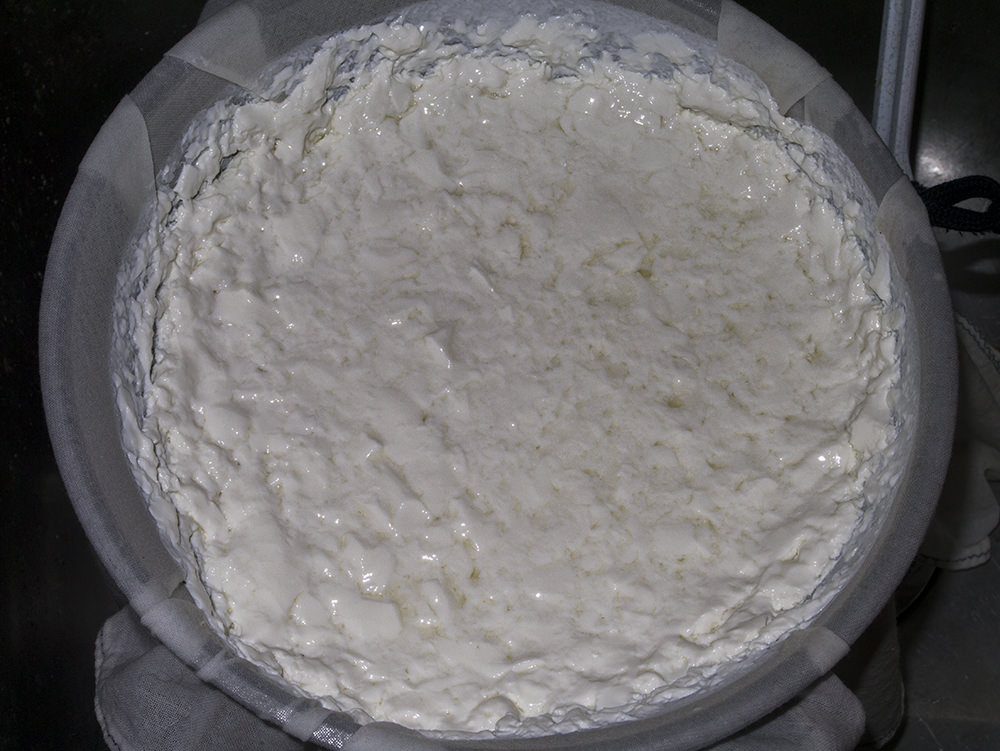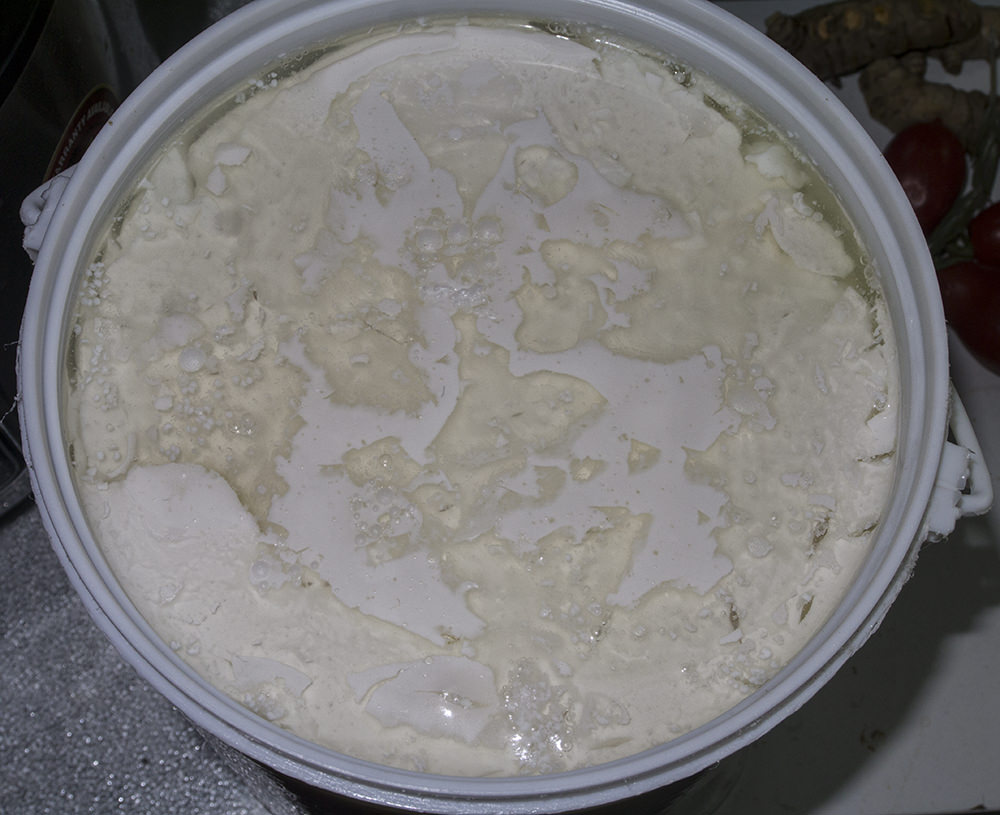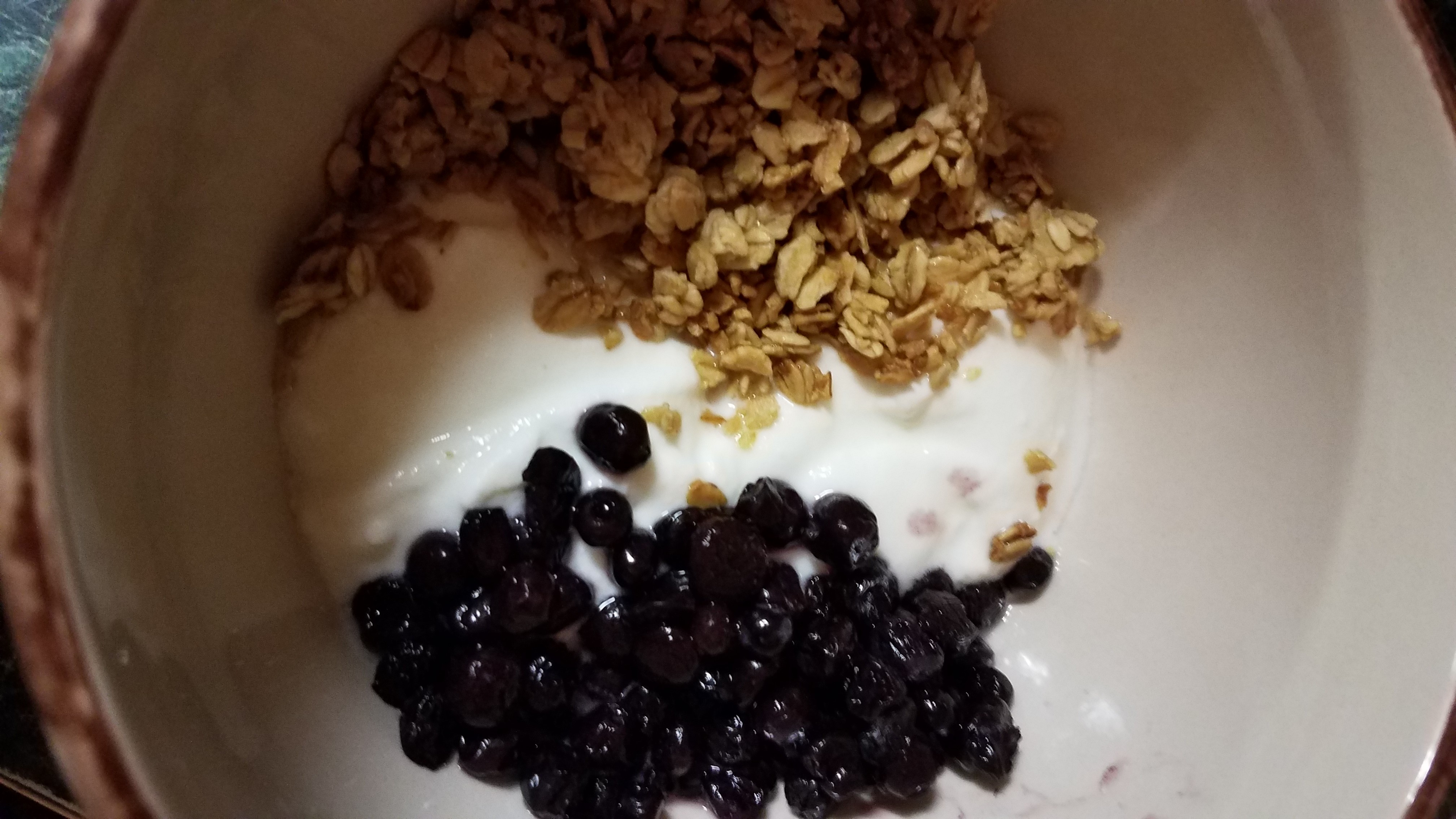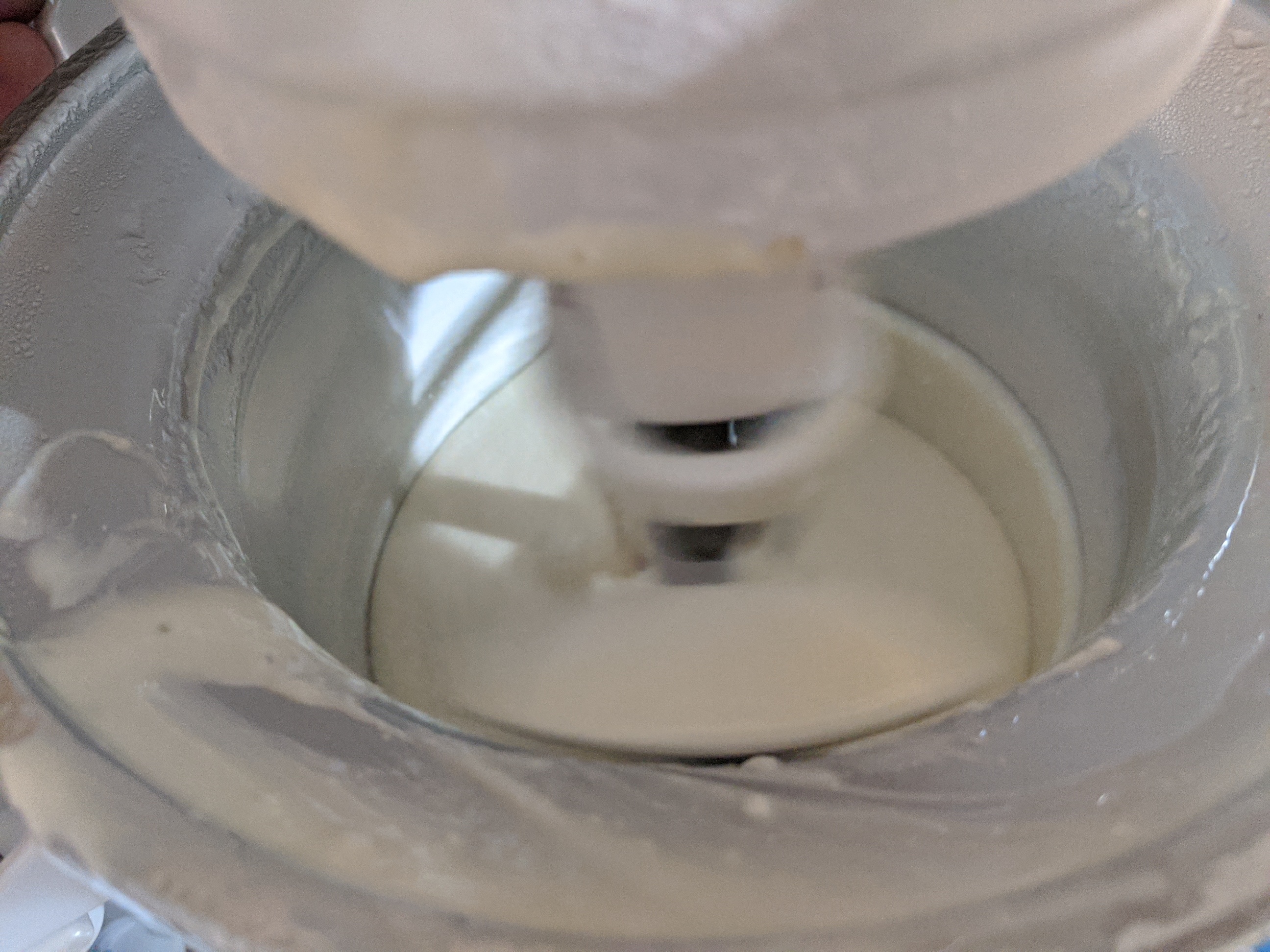If I had more jams and the like I would probably do the same, but time, space, and lack of homegrown fruit are all impediments to that plan. I often put yogurt on unsweetened Müsli, so a bit of sugar in the yogurt (pre-ferment) means I can have a bit of sweetness to my Müsli whether or not I have the time to mix in some fresh fruit (or any appropriate fruit on hand, to that matter).I rarely eat my yogurt plain, I always have to add fruit of some kind. I was adding homemade jam for a while, but lately I'm trying to add fruit without the sugar. Adding jam to yogurt was really cutting into our jam reserves, as it was probably about a 2:1 ratio of yogurt to jam for a while, so unless I completely fill our small chest freezer with jam, there is just no way I can make it work.
Adding plain sugar to yogurt doesn't really appeal to me, but maybe someday I should try adding a little honey...
I'll be back home in about an hour to see how round two of this recipe turns out. It's getting a ten hour ferment with the temp set at 37 C (which, with my setup, means most of the time will be spent around 38), everything else is the same except that I inoculated with yogurt from the first batch rather than a fresh cup. I'm expecting it to come out a bit sweeter than the first batch, which should give it an extra day or two of shelf life in the fridge before the sourness takes over the flavor profile.













































![Craft A Brew - Safale BE-256 Yeast - Fermentis - Belgian Ale Dry Yeast - For Belgian & Strong Ales - Ingredients for Home Brewing - Beer Making Supplies - [3 Pack]](https://m.media-amazon.com/images/I/51bcKEwQmWL._SL500_.jpg)


